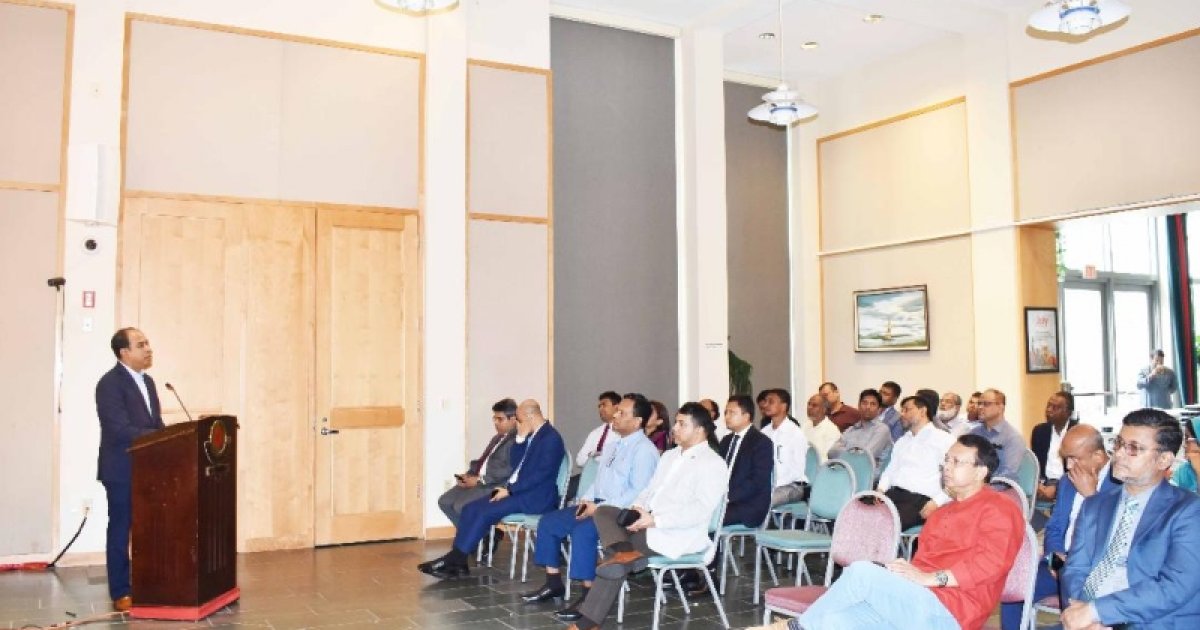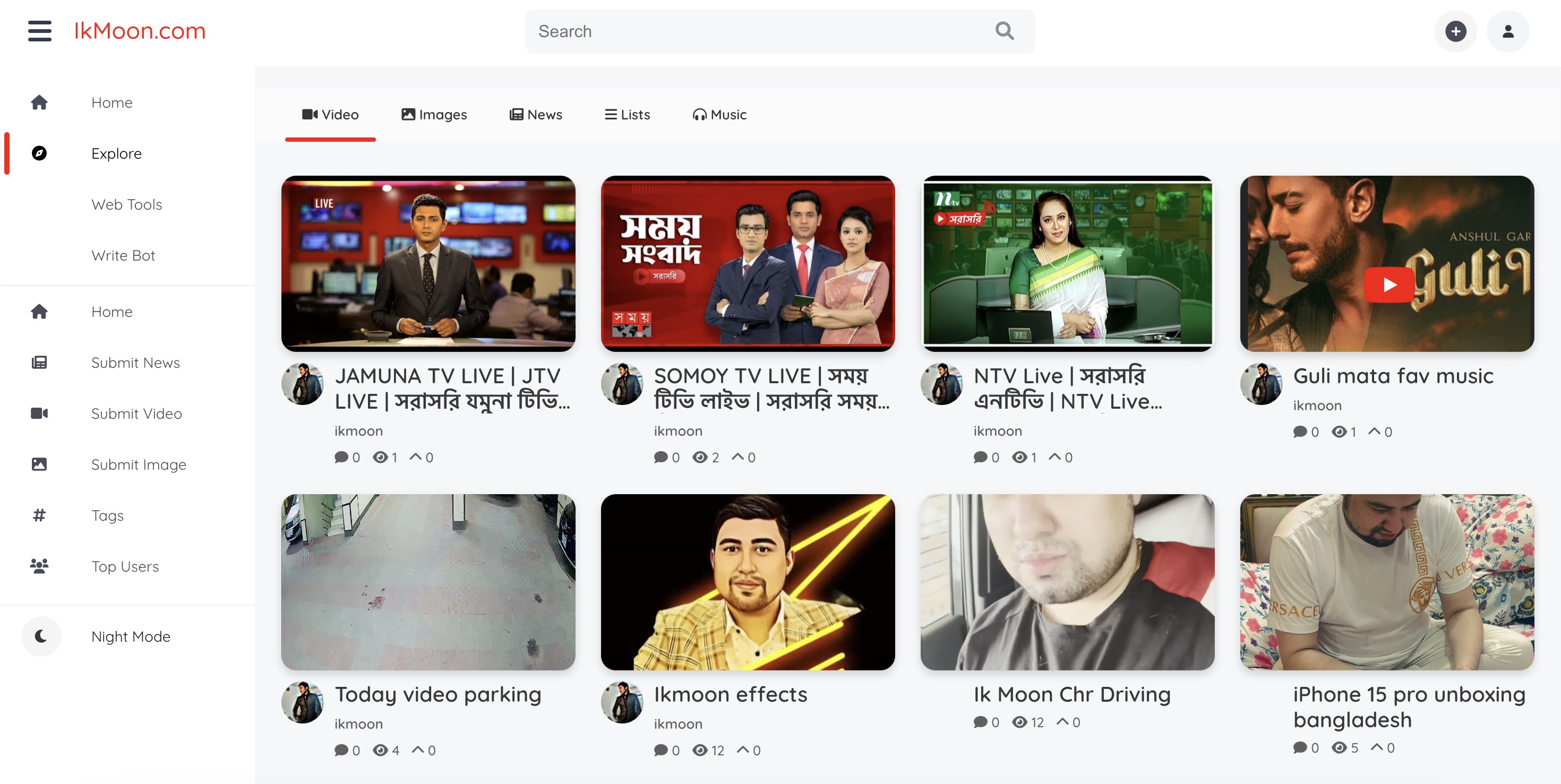Ethereum’s Pectra Upgrade: Enhancing Smart Accounts and Institutional Staking Potential with Key EIPs
The post Ethereum’s Pectra Upgrade: Enhancing Smart Accounts and Institutional Staking Potential with Key EIPs appeared on BitcoinEthereumNews.com. Ethereum’s Pectra upgrade will bring smart accounts, higher staking limits, and improved scalability through key EIPs, simplifying user experience and institutional staking. Pectra is scheduled to go live on Ethereum mainnet at the start of epoch 364032, May 7, 2025, at around 10:00 am UTC. The three main Ethereum Improvement Proposals (EIPs) included are EIP-7702, EIP-7251, and EIP-7691. Ethereum Pectra Consensys announcement. Source: Consensys EIP-7702 allows externally owned accounts to act as smart contracts and cover gas expenses (transaction fees) and payments in tokens that are not Ether (ETH). EIP-7251 increases the validator staking limit from 32 ETH to 2,048 ETH, simplifying operations for large stakers. Lastly, EIP-7691 increases the number of data blobs per block, allowing for better layer-2 scalability and potentially significantly reducing transaction fees. Sergej Kunz, co-founder of Ethereum decentralized exchange (DEX) aggregator 1inch, stated Pectra “introduces ‘smart account’ functionality” at deeper protocol levels and “improves Ethereum’s scalability” through layer-2 solutions. Better Account Abstraction with EIP-7702 0xAw, lead developer at Base Ethereum layer-2 DEX Alien.Base, told Cointelegraph that EIP-7702 “is a potentially great addition for Ethereum.” He explained that account abstraction has so far struggled to gain traction due to the need for users to switch wallets. The benefits of adopting such a solution include eliminating approval flows, not having to sign each transaction, segregated permissions and actions, and automations on behalf of the user. 0xAw emphasized that following the update, developers will find it easier to implement features that simplify user interactions. While he noted that account abstraction “won’t magically result in mass adoption,” it does “remove a significant barrier to entry for new users.” He added: “It enables a Web2-like UX by hiding many of the underlying scaffolding from users.” 1inch’s Kunz further remarked that the update will pave the way for native gasless transactions…

The post Ethereum’s Pectra Upgrade: Enhancing Smart Accounts and Institutional Staking Potential with Key EIPs appeared on BitcoinEthereumNews.com.
Ethereum’s Pectra upgrade will bring smart accounts, higher staking limits, and improved scalability through key EIPs, simplifying user experience and institutional staking. Pectra is scheduled to go live on Ethereum mainnet at the start of epoch 364032, May 7, 2025, at around 10:00 am UTC. The three main Ethereum Improvement Proposals (EIPs) included are EIP-7702, EIP-7251, and EIP-7691. Ethereum Pectra Consensys announcement. Source: Consensys EIP-7702 allows externally owned accounts to act as smart contracts and cover gas expenses (transaction fees) and payments in tokens that are not Ether (ETH). EIP-7251 increases the validator staking limit from 32 ETH to 2,048 ETH, simplifying operations for large stakers. Lastly, EIP-7691 increases the number of data blobs per block, allowing for better layer-2 scalability and potentially significantly reducing transaction fees. Sergej Kunz, co-founder of Ethereum decentralized exchange (DEX) aggregator 1inch, stated Pectra “introduces ‘smart account’ functionality” at deeper protocol levels and “improves Ethereum’s scalability” through layer-2 solutions. Better Account Abstraction with EIP-7702 0xAw, lead developer at Base Ethereum layer-2 DEX Alien.Base, told Cointelegraph that EIP-7702 “is a potentially great addition for Ethereum.” He explained that account abstraction has so far struggled to gain traction due to the need for users to switch wallets. The benefits of adopting such a solution include eliminating approval flows, not having to sign each transaction, segregated permissions and actions, and automations on behalf of the user. 0xAw emphasized that following the update, developers will find it easier to implement features that simplify user interactions. While he noted that account abstraction “won’t magically result in mass adoption,” it does “remove a significant barrier to entry for new users.” He added: “It enables a Web2-like UX by hiding many of the underlying scaffolding from users.” 1inch’s Kunz further remarked that the update will pave the way for native gasless transactions…
What's Your Reaction?






































